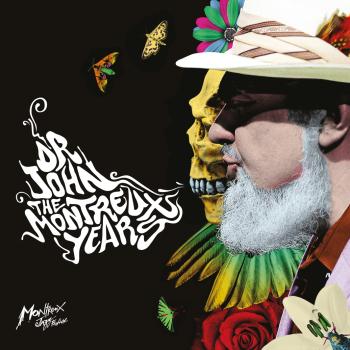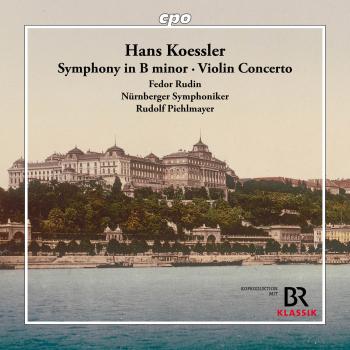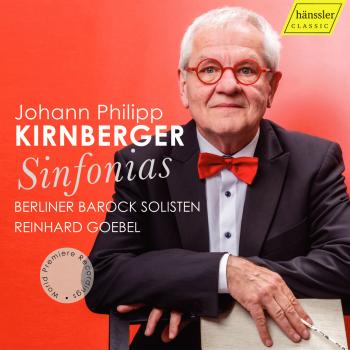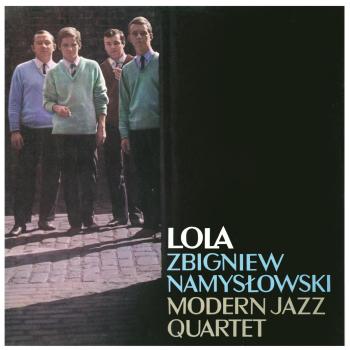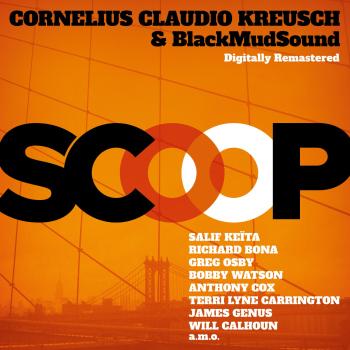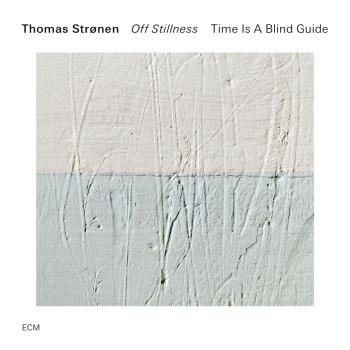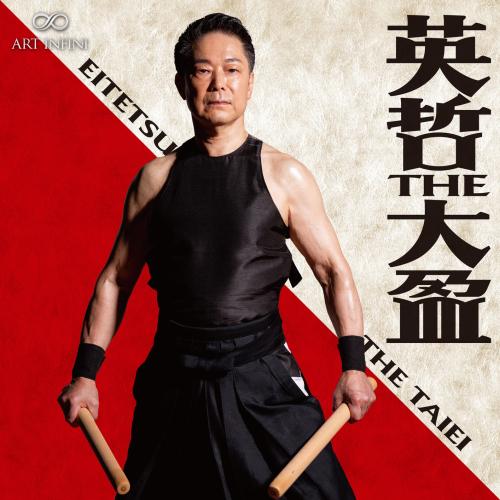
Eitetsu The Taiei Eitetsu Hayashi, EITETSU FU-UN no KAI, Dozan Fujiwara, Kisho Tosya
Album Info
Album Veröffentlichung:
2025
HRA-Veröffentlichung:
25.07.2025
Label: ART INFINI
Genre: Classical
Subgenre: Instrumental
Interpret: Eitetsu Hayashi, EITETSU FU-UN no KAI, Dozan Fujiwara, Kisho Tosya
Das Album enthält Albumcover Booklet (PDF)
- Eitetsu Hayashi (b. 1952): Shichi-Sei (Seven Stars):
- 1 Hayashi: Shichi-Sei (Seven Stars) 15:40
- Mitsumai (Three Dances):
- 2 Hayashi: Mitsumai (Three Dances) 13:11
- Jakuchu 2024 -The Wings of flightless birds-:
- 3 Hayashi: Jakuchu 2024 -The Wings of flightless birds- 19:42
- Taiko-utsu-kora:
- 4 Hayashi: Taiko-utsu-kora 05:47
Info zu Eitetsu The Taiei
“The ensemble to create highly artistic music that is different from the past Taiko music”
A culmination of the work of the master of taiko, Eitetsu Hayashi. Eitetsu Hayashi’s first album in 18 years, with all new recordings, is a culmination of the sound world of Eitetsu Hayashi, who has reached the height of his maturity. This album, which is the first in the Ultimate Sound Series and continues the lineage of the Super Sound Adventure Series, which is a must-have for audiophiles, focuses on "sound".
Top young taiko drummers active in Japan who resonate with Eitetsu Hayashi’s music make up this unit. It has a fluid membership of 10 or more drummers. In addition to performing in Hayashi’s original composition which features the big taiko drum, the members join Hayashi, who is a pioneer taiko soloist, when he creates an ensemble. “FU-UN no KAI” in the Japanese dictionary refers to a favorable opportunity for a highly aspiring figure to achieve his goals. The phrase was put to use as the name of the unit because it reflects their spirit. Since they were founded in 1995, its overwhelming power and live performances have elicited strong responses around the country and abroad. The summer of 2005 marked its 10th anniversary. Since that time, it has started full-fledged activities as an independent unit with Shuichiro Ueda, Mikita Hase, Makoto Tashiro and Tasuku Tsuji as key members.
The unit delights the audience with and extraordinary taiko ensemble in various formats while exhibiting the individuality of each member. Inheriting Hayashi’s aesthetic sense, the unit puts on a tight show with a good, grainy sound, tone sequences that flexibly combine the slow and fast, strong and weak, and polished sound landscapes.
Eitetsu Hayashi’s passionate performance of the taiko drums is brought out as an amazing super-deep bass. This is an amazing album that truly questions the limits of the fidelity of playback devices. Enjoy the unparalleled sound world of the special guests Fujiwara Dozan (shakuhachi) and Fujisha Takao (noh flute), who are top runners in the Japanese music world, and Eitetsu Fuun no Kai, who perform a sophisticated ensemble. Caution when playing: This album contains sounds with an extremely wide dynamic and frequency range, so please play it at a low volume to avoid damaging your speakers.
Eitetsu Hayashi, Taiko-drums
Special guests:
Fujiwara Dozan, shakuhachi
Fujisha Takao, noh flute
Eitetsu Fuun no Kai, Taiko-drums
Eitetsu Hayashi
He is Japan’s premier solo Taiko drummer. Born in Hiroshima, Japan. Eitetsu Hayashi started his Taiko carrier as a founding member and premier performer of the world-renowned groups "Sado Ondekoza" and "Kodo". He was the group’s soul figure and top player for ten years.A chance to opportunity to perform Maki Ishii’s Mono-Prism with the Boston Symphony Orchestra under Seiji Ozawa in 1975 marked a turning point in his life. It led to many invitations to join the world tours of some of the prestigious names in music, such as Hiroyuki Iwaki and the NHK Symphony Orchestra, Takashi Asahina and the Osaka Philharmonic Orchestra, all of which had won him critical acclaim. In 1981, he left Sado-Ondekoza to seek new expressions in music that would be unfettered by pre-set forms. He founded a new “Wadaiko” group, “Kodo”, of which he was director and performer. But he went independent the following year to continue with his search for innovative interpretations of the Japanese taiko drum. He gave his first solo recital in December the same year, and from this he began collaborations with artists and groups across the music spectrum: rock, jazz, modern music, folk music, etc. Thereafter, he went on to create a new method of soloing which requires techniques and physical stamina previously unknown in traditional Japanese “Wadaiko” playing. Using a unique combination of “Wadaiko” drums, he created ad performed original music in a countless succession of entirely new experimental musical endeavors.
In 1984, he made his debut with the orchestral work by Shuko Mizuno, Symphonic Metamorphosis Part 3, both as the first player and soloist of “Wadaiko” to perform in Carnegie Hall. Since 1986, Hayashi has been touring around the world with his taiko group or as a duo with the jazz pianist, Yosuke Yamashita. Wherever he went, he garnered rave reviews as well as the highest acclaim as the one and only taiko soloist in modern music history. In October 1998, he was the first Japanese taiko soloist ever to perform at the Moscow Tchaikovsky Hall with his concert, “Sen Nen no Kamoku (The Quiet Ages)”. His charismatic solo performance of Isao Matsushita’s Hi-Ten-Yu with the Berlin Philharmonic Orchestra conducted by Kent Nagano in June 2000 in Berlin’s Waldbühne wowed the audience of over 20,000, and was broadcast around the world.
In June 2001, he collaborated with the Korean percussion group, Kim Duk-Soo / Samul nori to present the first Japanese-Korean Music Festival. Its initial success led to two more festivals in Japan and Korea.
Since 1998, Hayashi has been composing new works and staging concerts inspired by other artists – whether in terms of their art form or their way of living – in what he calls “taiko theatre”.Such concert tours include Man Ray, The Wings of Flightless Birds which celebrated the art of Jakuchu Ito (1716-1800), and similarly themed concerts celebrating the art of Yajuro Takashima, Takumi Asakawa, Léonard Tsuguharu Fujita, etc. which were taken to all parts of Japan. The year 2007 saw him performing with the Tokyo Symphony Orchestra at the Suntory Hall, the Century Orchestra Osaka at the Hyogo Performing Arts Centre, and solo performances celebrating his 25th anniversary in taiko music, which was distinguished by the first ever arrangement throughout in a taiko concerto format, under the baton of Chikara Iwamura. He was commissioned by the National Theatre of Japan to produce, arrange and perform a trilogy of concerts entitled A Thousand Drums, which took three years to realize and were staged in 2008.
In December 2010, he staged and performed the concert Gassan II at the Suntory Hall, which was the first solo recital he gave in eleven years, and lasted for more than an hour of taiko music using an eclectic selection of Japanese taiko drums. The concert also featured the violinist, Iwao Furusawa as his special guest. A live recording was made and later released as DVD.
Currently, apart from giving performances, Hayashi is actively participating in a wide range of creative projects, such as producing celebration activities, films, scoring for plays, commissioning new works for taiko, and acting as music director, etc. Among his writings is the book Ashita no Taiko-uchi e (To the Taiko Players of Tomorrow).
His performance has been recognized reliably from Rene Martin who is the artistic director of La Folle Journee and invited to the festival in Nantes, Tokyo, Ekaterinburg and Warsaw.
He has created a new method of soloing “O-Daiko” which requires techniques and physical stamina and original performance style using a wide variety of taikos, which was previously unknown in traditional Japanese Taiko playing. 2016 was the 45th anniversary of Hayashi’s performing activities.
He joined a 2020 taiga drama (Japanese historical drama series), “Kirin ga Kuru (Awaiting Kirin)”, as a taiko soloist of the main theme music. His taiko performance colored the drama splendidly.
Booklet für Eitetsu The Taiei

